Growth in Automotive Industry
The Hacksaw Blade Market is poised for growth, driven by the automotive sector's expansion. As vehicle production ramps up, the need for precise cutting tools becomes increasingly critical. The automotive industry has been experiencing a steady growth rate of around 4% annually, which directly impacts the demand for hacksaw blades used in manufacturing and repair processes. These blades are essential for cutting various materials, including metals and composites, which are integral to vehicle construction. Furthermore, the trend towards electric vehicles is likely to create new opportunities for hacksaw blade manufacturers, as the materials used in EV production often require specialized cutting tools. This growth in the automotive sector is expected to significantly influence the Hacksaw Blade Market in the near future.
Emergence of E-commerce Platforms
The Hacksaw Blade Market is witnessing a transformation due to the emergence of e-commerce platforms. Online retail has become a vital channel for distributing hacksaw blades, providing consumers with easy access to a wide range of products. Recent data suggests that e-commerce sales in the tools and hardware sector have increased by over 20% in the past year, indicating a shift in consumer purchasing behavior. This trend is particularly beneficial for niche manufacturers who can reach a broader audience without the need for extensive physical retail presence. Additionally, the convenience of online shopping allows consumers to compare products and prices, fostering competition among manufacturers. As e-commerce continues to grow, it is likely to play a crucial role in shaping the Hacksaw Blade Market.
Rising Popularity of DIY Projects
The Hacksaw Blade Market is benefiting from the rising popularity of DIY projects among consumers. As more individuals engage in home improvement and crafting activities, the demand for reliable cutting tools, including hacksaw blades, is on the rise. Recent surveys indicate that approximately 70% of homeowners have undertaken at least one DIY project in the past year, highlighting a significant market opportunity. This trend is particularly pronounced among younger demographics, who are increasingly inclined to personalize their living spaces. Retailers are responding by expanding their offerings of hacksaw blades, catering to this burgeoning market. The sustained interest in DIY projects is expected to bolster the Hacksaw Blade Market, as consumers seek tools that provide both quality and versatility.
Increasing Demand in Construction Sector
The Hacksaw Blade Market is experiencing a notable surge in demand, primarily driven by the expansion of the construction sector. As infrastructure projects proliferate, the need for efficient cutting tools becomes paramount. In recent years, the construction industry has seen a compound annual growth rate of approximately 5.5%, which directly correlates with the rising consumption of hacksaw blades. These blades are essential for cutting various materials, including metal and plastic, which are prevalent in construction applications. Furthermore, the trend towards prefabrication in construction is likely to enhance the demand for high-quality hacksaw blades, as precision cutting is crucial in this process. This increasing demand from the construction sector is expected to significantly influence the Hacksaw Blade Market in the coming years.
Technological Innovations in Blade Manufacturing
Technological advancements in blade manufacturing are reshaping the Hacksaw Blade Market. Innovations such as the introduction of high-speed steel and bi-metal blades have improved cutting efficiency and durability. These advancements allow for longer-lasting blades that can withstand rigorous use, thereby appealing to both professional and amateur users. The market has seen a shift towards blades that offer enhanced performance, with some products boasting cutting speeds that are 30% faster than traditional options. Additionally, the integration of computer-aided design in blade production has enabled manufacturers to create blades tailored to specific applications, further driving market growth. As these technologies continue to evolve, they are likely to play a pivotal role in shaping the future of the Hacksaw Blade Market.


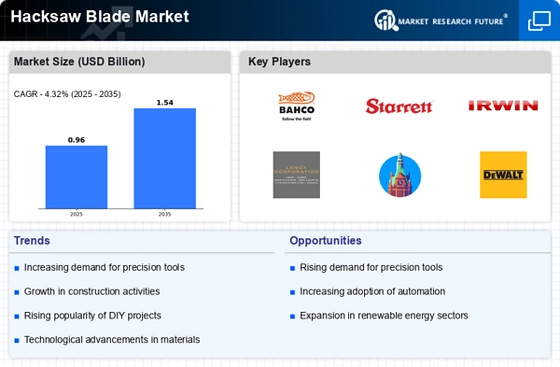

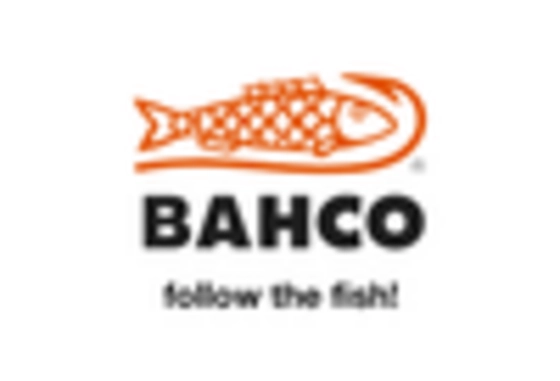
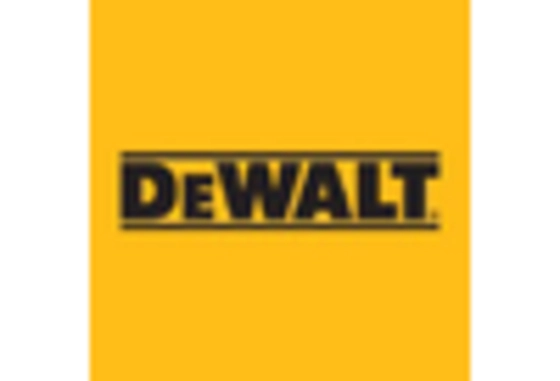
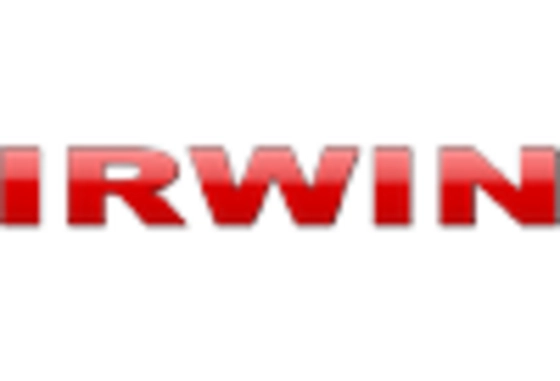
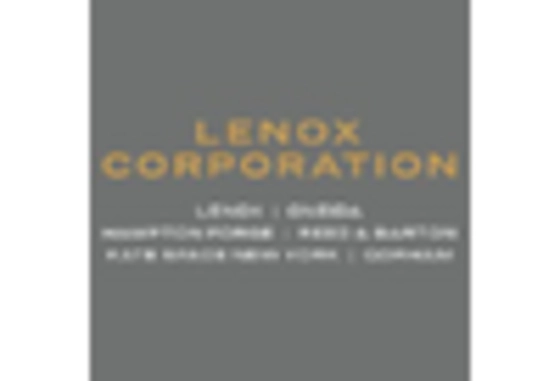
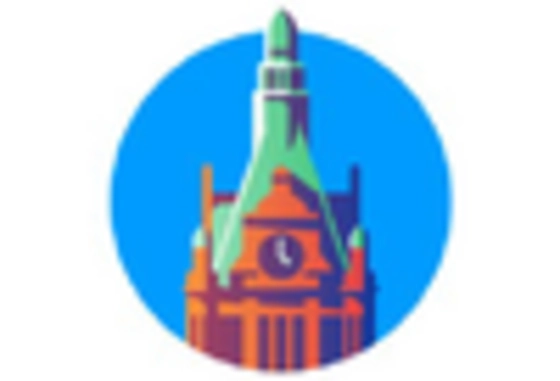
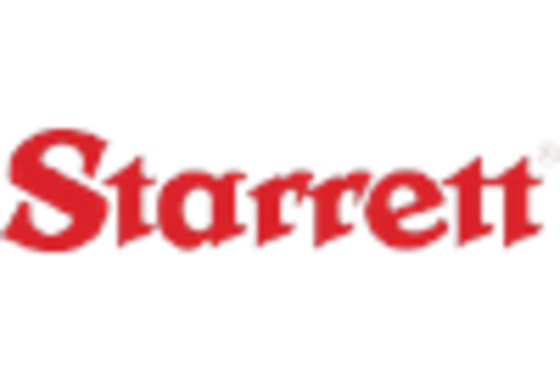








Leave a Comment